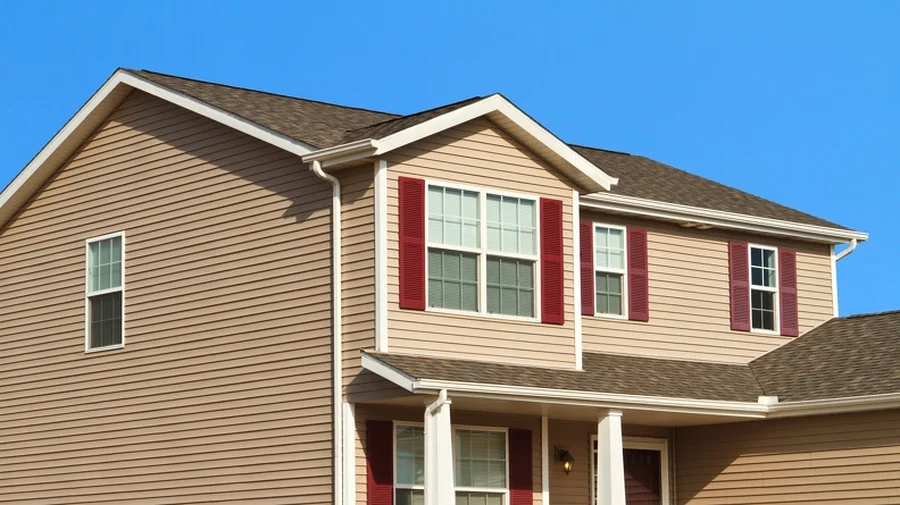Choosing the Right Exterior Material for Your Home
When selecting material for your home’s exterior, understanding options is key. Vinyl and fiber cement are popular choices, each offering unique benefits. Your decision impacts not just appearance, but also maintenance and durability. This guide helps you explore both materials’ strengths and weaknesses to make an informed choice that suits your needs.

Durability and Longevity
Vinyl is known for its resistance to weather elements. Made from PVC, it withstands moisture without rotting or warping, common in wooden materials. Its longevity depends on installation quality and environmental factors, generally lasting 20-40 years with minimal upkeep. Fiber cement, a mix of cement, sand, and cellulose fibers, boasts high durability too. It’s particularly resistant to fire, pests, and harsh climates, often outlasting vinyl by a decade or more if maintained properly.
Maintenance Requirements
Keeping siding looking fresh requires regular care. With vinyl, owners enjoy low maintenance due to its colorfastness and resilience against mold. Occasional washing with soap and water keeps it clean, avoiding costly paint jobs. Conversely, fiber cement demands more attention. It might need repainting every 10-15 years as colors can fade over time. Proper sealing is essential to prevent moisture-related issues.

Cost Considerations
When budgeting for new siding, costs vary between materials. Initially, vinyl tends to be more affordable than fiber cement. Installation is straightforward, which saves on labor expenses. However, consider long-term investment: fiber cement’s durability may reduce future replacement costs despite its higher upfront price. Evaluating total lifetime value against initial budget constraints helps determine the best financial option.
Aesthetic Appeal and Customization
Your home’s look plays a significant role in material selection. Vinyl offers a range of colors and styles, including options mimicking wood grain finishes. Modern designs ensure flexibility in achieving desired appearances while maintaining affordability. Fiber cement stands out for authentic wood-like textures and wide customization possibilities. Whether aiming for a historical look or modern vibe, it provides ample design freedom.
Environmental Impact
Sustainability-conscious homeowners often evaluate materials based on environmental footprint. Vinyl manufacturing has improved with recycling efforts but remains less eco-friendly due to chemical processes involved. Fiber cement uses natural components making it a greener choice despite ENERGY-intensive production. Understanding these impacts guides eco-minded decisions aligning personal values with practical home improvement goals.
- Vinyl: Budget-friendly; low maintenance; durable but less environmentally friendly
- Fiber Cement: Long-lasting; customizable; higher cost but sustainable
Installation Process Overview
Installing either material requires precision to ensure effectiveness and longevity. Professional installation is recommended for both to avoid costly mistakes. Vinyl is relatively easier, involving interlocking pieces attached to the structure. Fiber cement involves cutting heavy boards to size and securing them tightly, demanding careful handling to prevent damage during setup.
Final Recommendations When Choosing Materials
Your choice between vinyl and fiber cement hinges on priorities like budget, maintenance willingness, and aesthetic goals. Vinyl suits those prioritizing low upkeep and cost-effectiveness, whereas fiber cement appeals to those valuing long-term durability and customization opportunities. Contact Nations Remodeling Inc. at (615) 775-2020 for expert guidance tailored to your specific needs. Based in Madison, TN, we help homeowners select the best fit for their homes with personalized consultations.
